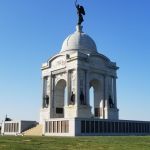Every time that I visit Philadelphia, I learn something new about the diverse city. There is a little of everything! I highly suggest taking the different free walking tours at every trip; you will surely hear new and interesting stories.
A special thanks to Free Tours by Foot for all of the information.
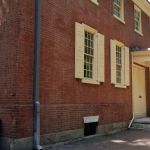
Furthermore, due to this goal of equality, the Quakers were the first to set up schools for boys and girls.
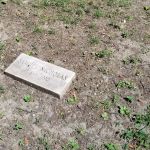
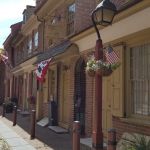
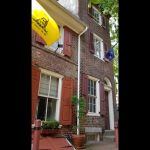
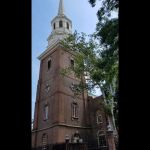
Joseph calls this the most historic building in Philadelphia because the founding fathers are 100% likely to recognize this building if they were brought into today's day and age. All of the founding fathers are sure to have visited this church as they often walked from Liberty Hall to this church to pray together after meetings. While not a religious man, Ben Franklin rented two pews to show to his guests that he knew important people and to show off to the other founding fathers that he could afford two pews. The priests are believed to have said that they always knew when Ben Franklin was in attendance as they always heard him snore.
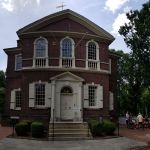
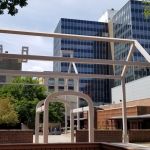
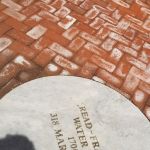
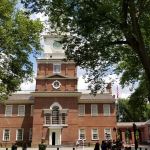
Once the Revolutionary War was won, the soldiers started to demand payment. When the Philadelphia soldiers demanded payment in 1983, Congress ignored them, claiming that it only has control of the army during a war. In times of peace, the state government was responsible for them. The state government in turn held that they were not responsible for payment as they were not the ones to promise payment, the federal government did. In the end, the Mutiny of 1983 ensued. Eighty soldiers left from Lancaster, PA to march on Independence Hall to demand payment. Along the way, they gathered other soldiers who shared their grievances. These soldiers with all of their guns surrounded Independence Hall and demanded payment. Alexander Hamilton managed to persuade the soldiers to let them go home and reconvene on the issue the next day. The delegates did not return, however, and the capital was eventually moved to the then-non-existent Washington, DC, with George Washington's help. The soldiers were eventually paid.
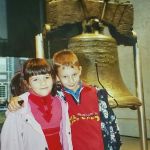
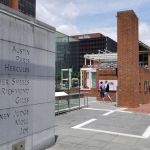
Gettysburg, Pennsylvania may be a very small town but it is full of history. Walking through the old streets, it is almost like you have traveled back in time. Definitely worth the visit!

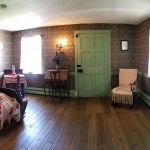
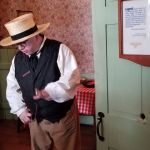
The bullet hole, pictured at around handle level between the two door panels, is said to bring marriage to any female who puts her finger through it. The framed letter on the door is of someone who claims to have put her finger through and to have been married shortly after. Personally, I don't see the connection between a hole that ended in someone's death and a superstition that leads to marriage but I thought it interesting nonetheless.
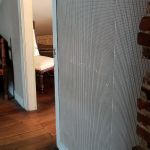
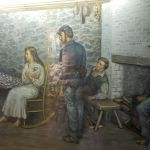
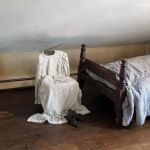
The roller pin at the top of the bed frame was used to literally hit the hay, in order to spread it out and make it less bumpy. This made the bed more comfortable for sleeping. This has resulted in the expression I'm going to hit the hay.
Additionally, a replica of the cannon bullet, pictured in the left, is left where it would have been during the Battle of Gettysburg.


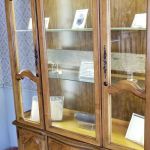
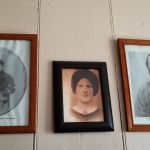
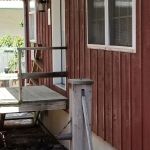
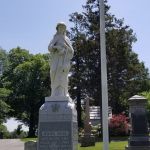
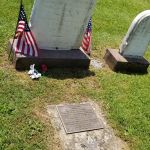
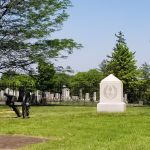
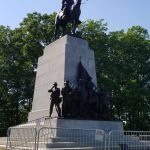
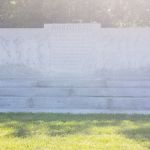

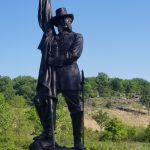
This stands at the foot of Little Round Top and at the entrance to the Devil's Den. Little Round Top was controlled by the Union forces and was crucial to maintaining the upper hand. Devil's Den was so named because it was one of the deadliest locations to be in, given that snipers could easily pick the enemy off from atop Little Round Top.
